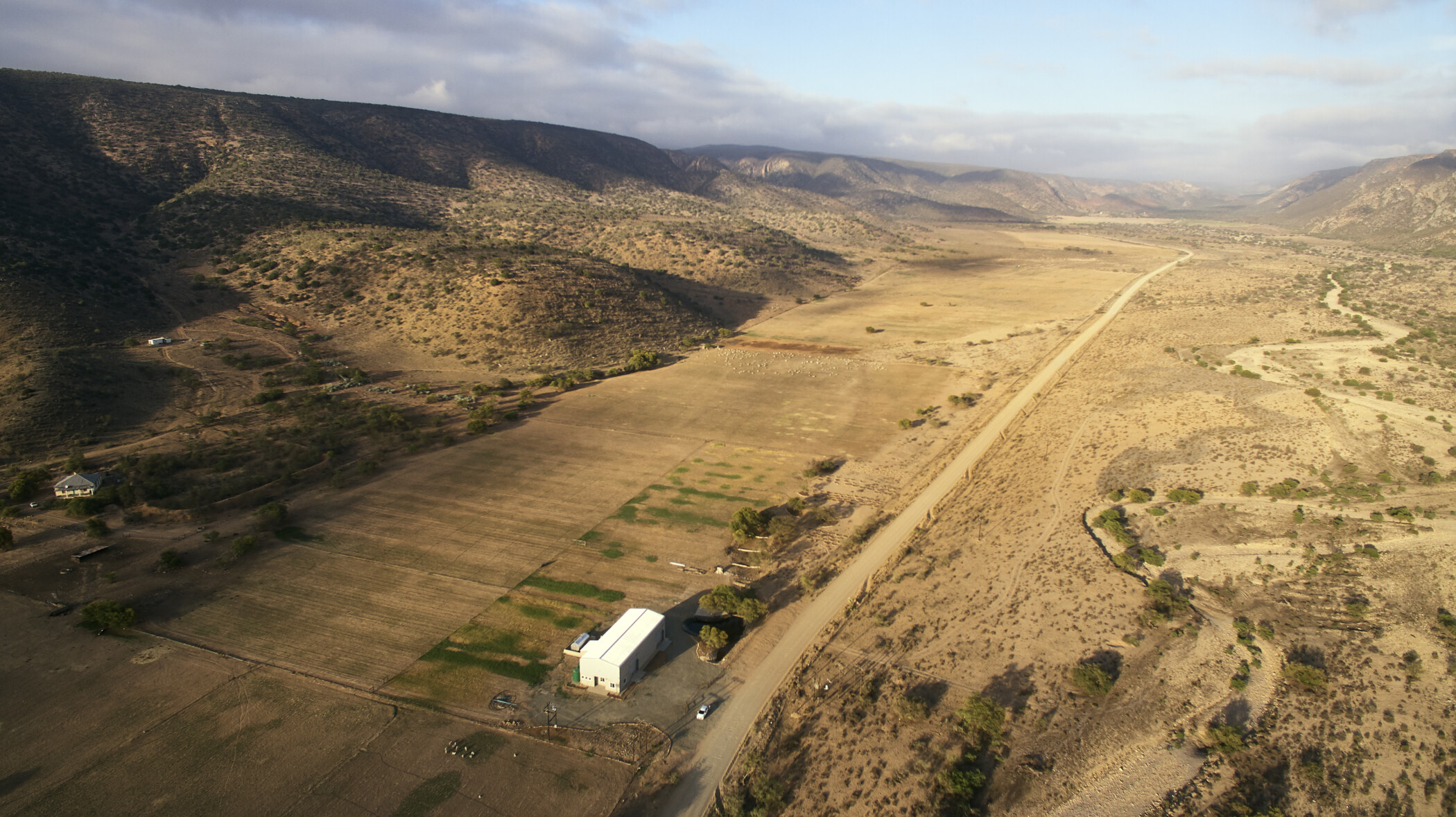




In 2014, Commonland formed a comprehensive partnership with Grounded and Living Lands to explore restoration opportunities and identify business opportunities around large-scale landscape regeneration in the Baviaanskloof and Langkloof region. The economic, social and ecological returns that the 4 Returns framework has brought to the area offer a restoration case study for others to follow.
We must keep the faith in the project and in each other, and you will be amazed about what we can achieve. Piet Kruger Farmer
The Baviaanskloof-Langkloof is situated at the meeting point of three globally unique ecosystems (fynbos, spekboom thicket, and karoo) and has an incredible diversity of flora and fauna/vegetation and animals. In addition, the landscape is a key water source for the region: the Baviaanskloof, Kromme and Kouga rivers that run through the landscape feed into the water supply of the 1.3 million inhabitants of Gqeberha (formerly Port Elizabeth) and the surrounding area.
Local communities face the same social, economic and political challenges present throughout South Africa, with the Eastern Cape one of the poorest provinces in the country. Landscape degradation, as a result of unsustainable land management, climate-change, and the invasion of alien species, have all led to a loss of ground cover and natural vegetation, soil erosion, a decline in soil health, and water system disruption.
In 2014, Commonland partnered with Living Lands and Grounded to identify business opportunities and facilitate large-scale regeneration. During our collaboration, our partners set up three regenerative companies: Baviaanskloof Development Company (essential oils), Langkloof Honeybush Company (honeybush tea), and Baviaanskloof Bewarea (ecological rehabilitation).

Natural Zone
Regenerating a landscape’s ecological foundation by restoring and protecting native vegetation.
Activities:
Combined Zone
Rehabilitating natural vegetation and supporting improved management of livestock and sustainable harvesting of indigenous crops.
Activities:
Economic Zone
Restoring soil health through regenerative agriculture.
Activities:
Transitioning to regenerative agricultural practices including intensive livestock production. Marketing and distribution of dried and distilled products. Developing 4 Returns business cases and other interventions to facilitate landscape restoration.

Pioneers in transformative restoration through the 4 Returns approach.